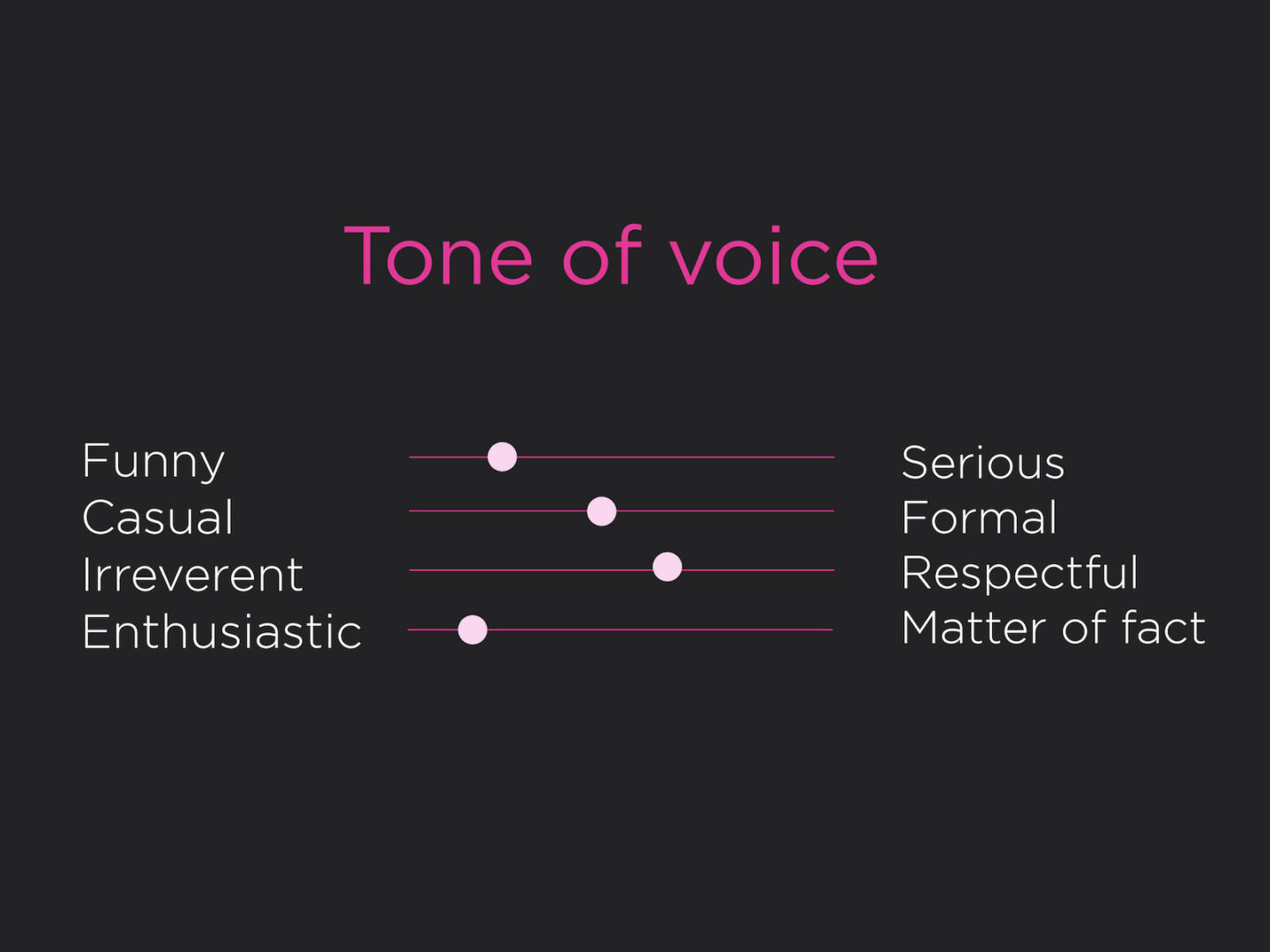In our last post, we explored the significance of establishing a corporate visual identity and encapsulating it within a style guide. Today, we expand our horizon to delve into the essence of a brand book and understand why it’s crucial to invest time in its creation.

Firstly, let’s clarify the difference between the terms “brand book” and “style guide” that often seem synonymous.
A brand book is a comprehensive document that outlines every facet of a brand’s identity. It includes the company’s mission and vision, its history and values, the culture and personality it embodies, as well as its visual and verbal identity. It’s the blueprint that distinguishes the brand in the marketplace and guides its presentation.
A style guide, on the other hand, focuses on the brand’s visual and verbal elements. It may exist as a section within a brand book or stand alone as an independent document. The style guide provides detailed instructions for the consistent application of the company’s logo, color palette, graphics, imagery, and fonts, as well as tone of voice and language usage.
The brand book transcends the scope of a style guide, serving a different purpose. It acts as a strategic tool, ensuring that all brand-related activities, from product development to customer service, adhere to a unified direction. The style guide, on the other hand, is a tactical manual focused on maintaining the brand’s visual and verbal coherence.
Accordingly, the intended audiences for these documents differ. The style guide is primarily utilized by marketers, writers and designers.
The brand book’s content is vital knowledge for all company employees, allowing them to understand the brand’s core and align their work with it.
A Closely Guarded Secret
A few years back, Annette Herz, a Boston-based expert in strategic marketing and brand book creation, highlighted a fascinating paradox in a LinkedIn post: the brand book, often dubbed the brand bible, is essential knowledge for numerous internal stakeholders, yet remains a closely guarded secret from the outside world. The rationale for this selective sharing stems from the document’s inclusion of strategic and, by nature, sensitive information:
- The brand’s purpose and strategy to achieve it.
- An in-depth analysis of the target audience, encompassing demographics, their values, attitudes, views on life and the specific field of the company’s product or service.
- A clear link between the consumer’s needs and the brand’s value proposition, detailing how the brand meets these needs and its competitive edges in the market.
Herz underscores the brand book’s critical role in environments where teams manage multiple brands within the same category. An example from Estonia could be the mobile operator Telia that also runs Diil, a budget-friendly operator, and the supermarket chain Rimi, which previously also operated a discount store chain named Säästumarket. The brand book becomes an indispensable guide in such scenarios, ensuring that marketing efforts are consistently aligned and target the correct audience for each brand.
The Tangible Benefits of Implementing a Brand Book
The brand book, when meticulously documented, yields unmistakable positive outcomes. It transforms the perception of the brand from an abstract concept into a set of clear, actionable guidelines that employees can apply in their daily work routines.
This in turn boosts internal brand engagement. Accessibility to the brand book empowers each team member, instilling a deeper sense of ownership and responsibility towards the brand.
The brand book standardizes the presentation of visual materials, textual content, as well as the approach to products and services, and user experiences. By adhering to uniform instructions and examples, the entire organization contributes to the improved consistency of the brand’s output.
Consistency, facilitated by the brand book, is key build brand recognition. When a brand’s “handwriting” is consistent across various channels, it becomes readily identifiable to the public.

A Guide to Crafting a Brand Book
Creating a strong and recognizable brand necessitates a unified display of brand identity by all company employees to customers and the broader market. To develop a comprehensive brand book, assemble a robust team comprising brand-focused marketers, customer-facing sales personnel, C-level executives with a deep understanding of the company’s goals, designers, and, if necessary, legal advisors for compliance in regulated industries.
Working together, follow these key steps:
- Strategy
- Assess how customers currently perceive your brand.
- Conduct a thorough analysis of the brand’s strengths and weaknesses.
- Benchmark your brand against competitors.
- Articulate your mission and vision, document the company’s history and values, and define its culture and personality. Clarify your desired market position.
- Precisely identify your target groups and articulate how your products or services meet their needs.
- Tactics
Outline how different stakeholders should represent the brand, specifying guidelines for each brand asset:
- Logo usage: various logo versions (color, black and white, with name, symbol only, vertical, horizontal) and their placement in different channels, formats, background colors, etc.
- Color palette with samples and color codes.
- Imagery guidelines: what type of illustrations, photos, icons, patterns, etc. to use, what color range to prefer in images, sources for obtaining photos.
- Language usage and tone of voice: youthful or strict, as detailed as possible or as simple as possible, formal or informal, nuances of style across different channels, e.g., social media, etc.
A Clear and Always Up-to-date Brand Book
After investing time and effort into creating your brand book, it’s crucial to ensure it doesn’t end up neglected among other documents, but rather serves its intended purpose effectively. To do so, it’s essential to achieve clarity across the board: you’re your company’s goals and values to specific design instructions. Give specific examples of dos and don’ts, plus add descriptive captions to visuals.
According to Sebastian Degenhart, co-founder of the Swedish marketing agency Serious.Business, a well-written brand book is a very good decision-making tool that can be a great advisor. “If you lose your way, or you might need to make some big decisions for the business, it is good to revisit the Brand Book. By doing so to make sure that whatever big decisions you make for your company, that they are in line with your brand. And sometimes, when you have two options, the Brand Book will actually give you the answer which is the right option to choose.”
To keep everyone on the same page and allow them to make the right decisions, consider housing the brand book on a dedicated intranet site or platform, ensuring access to only the latest version of the brand book.
If your aim is to make the brand book as user-friendly a tool as possible, include downloadable assets, e.g., the full color palette, various logo versions, fonts, templates for presentations, etc. This can greatly reduce potential errors and streamline design processes.
However, the work doesn’t stop with the brand book’s completion. Regular reviews, at least annually, are crucial. The market evolves, and so may your company’s direction, values and objectives. Evaluating the current situation, introduce necessary updates, phase out outdated elements, and integrate new ones. Don’t forget to notify your colleagues about the updates, too.
If you need help defining your brand identity and strategy and compiling a comprehensive brand book, feel free to contact the Hundred Agency team at hello@hundredagency.eu.